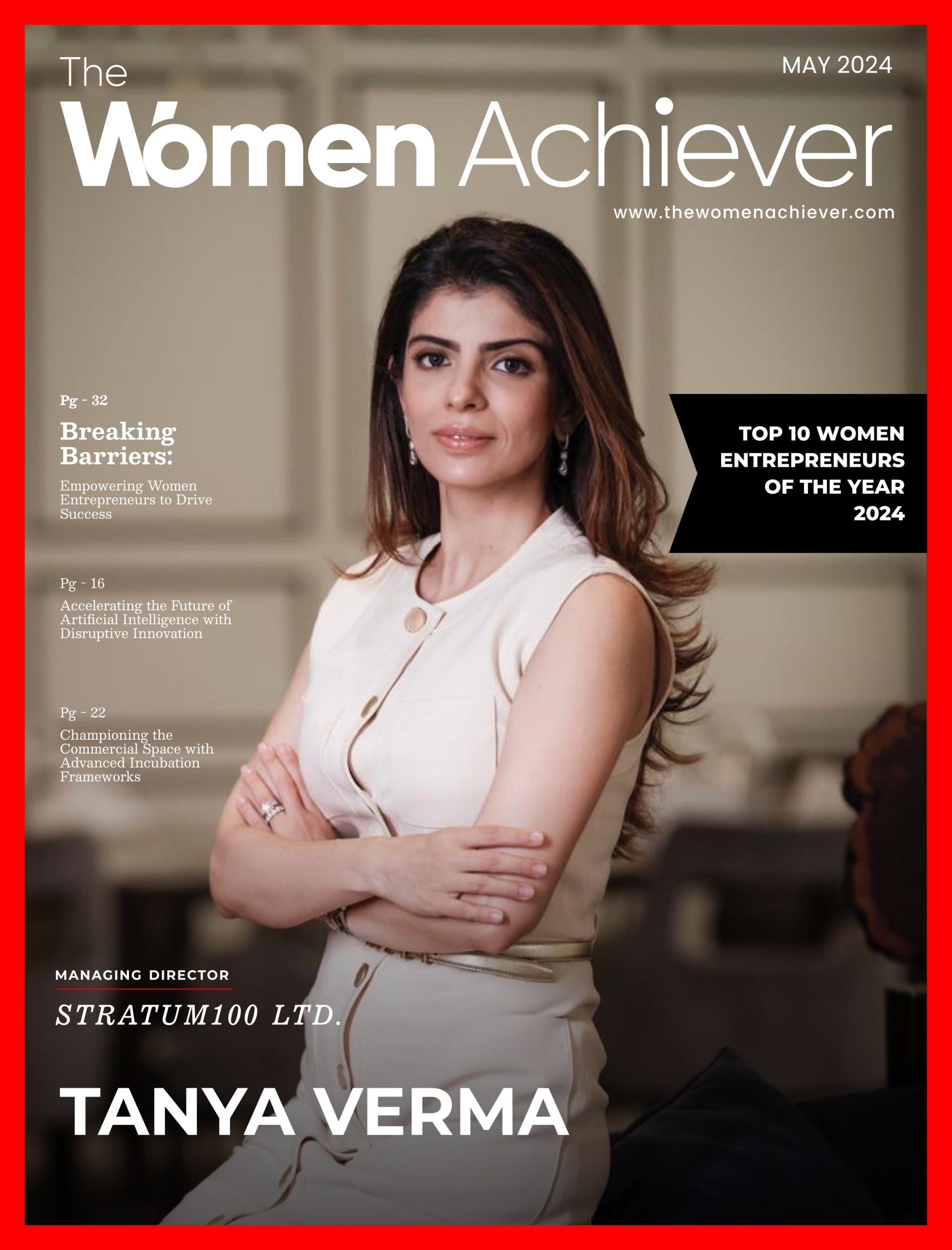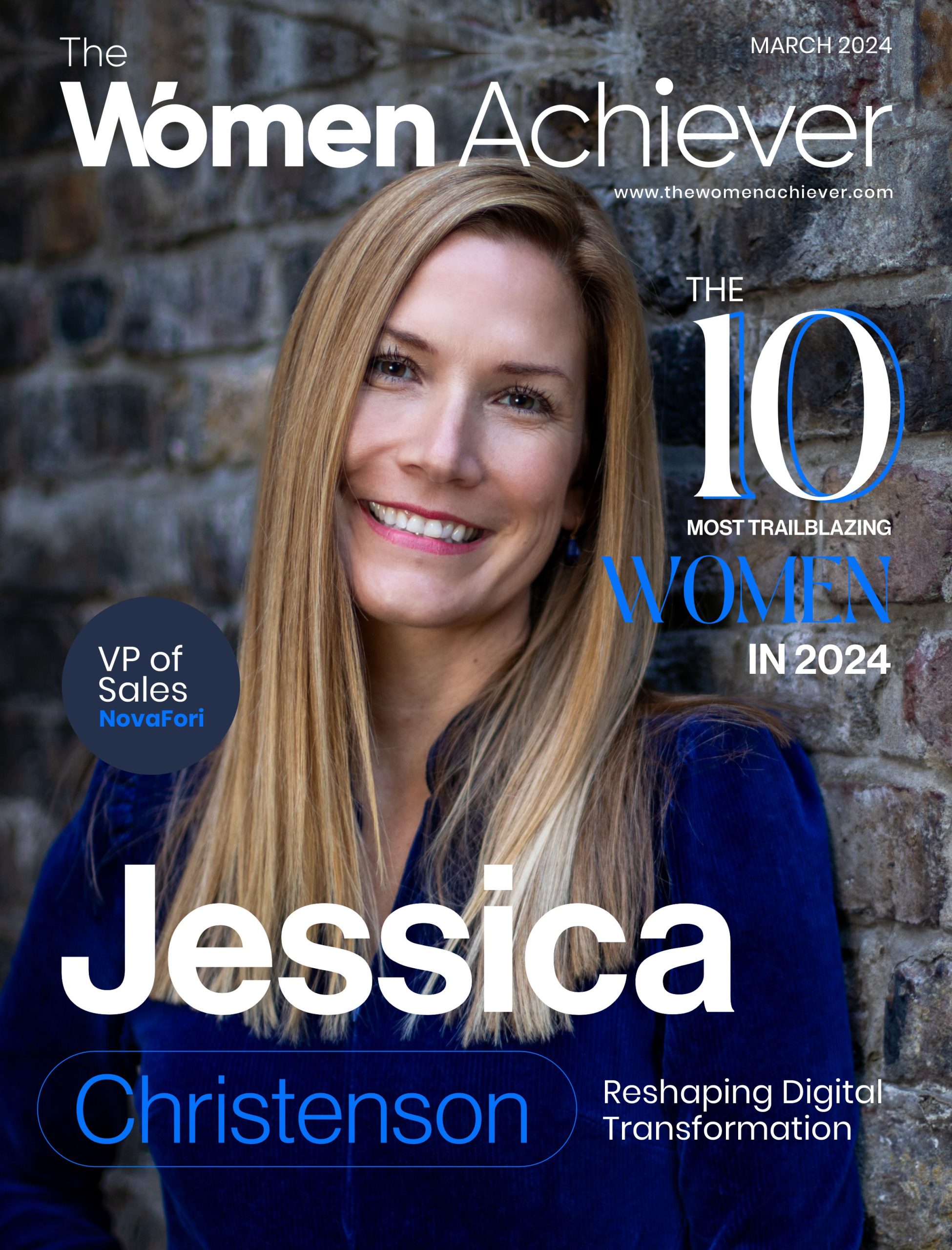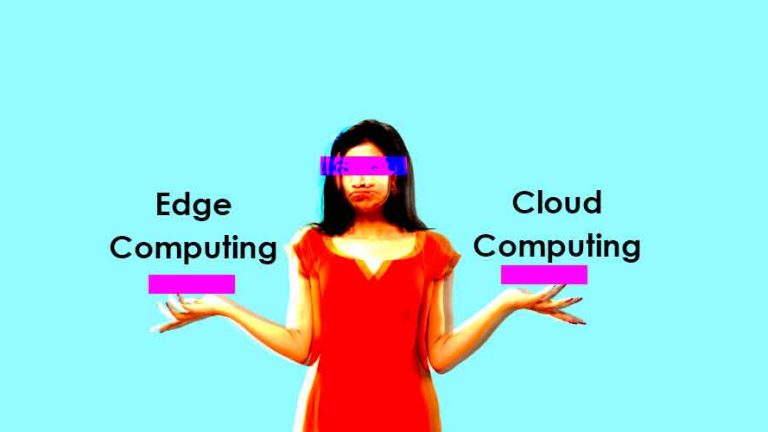Insights from women in tech about the two strong paradigms, edge computing and cloud computing
Two strong paradigms have emerged as front-runners in the rapidly changing technological world, revolutionizing the ways in which we process, store, and analyze data. Here you can learn about “Edge Computing” and “Cloud Computing.” These dynamic computing models have not only changed the digital landscape, but they have also become a key topic of debate in the tech industry. In this article essay, we take a journey into the crux of this paradigm-shifting discussion, obtaining special insights and viewpoints from groundbreaking women in tech.
Their knowledge, lifelong experiences, and forward-thinking perspectives illuminate the differences, connections, and practical uses of edge computing and cloud computing. As we investigate their stories, we learn the compelling causes for these paradigms’ emergence and consider the significant influence they have had and continue to have on our linked world. Now let’s get deep into this enlightening comparison of edge computing vs. cloud computing as we traverse the fascinating junction of technology and gender diversity.
Edge Computing
By moving data processing closer to the data source, usually at the network’s edge, edge computing, sometimes referred to as “bringing the cloud closer to home,” decentralizes data processing. With this method, latency is decreased, real-time data processing is improved, and bandwidth is utilized effectively. In applications like autonomous vehicles, smart cities, and IoT devices, where quick decisions and low response times are essential, edge computing has found its place.
Cloud Computing
On the other hand, cloud computing utilizes centralized data centers and offers a sizable collection of resources and services that are available via the internet. With its scalability, adaptability, and cost-effectiveness, it serves as the foundation for all types of modern businesses, from startups to large corporations. The way we store data, execute apps, and collaborate internationally has been completely changed by cloud computing.
Women Changing the Face of Technology
Let’s hear from the powerful women who are leading this important discussion now.
Sarah Reynolds
The symbiotic link between Edge and Cloud Computing is stressed by famous AI researcher Dr. Sarah Reynolds. According to her, “Edge Computing is the natural evolution of Cloud Computing, addressing the need for faster response times and decreased data transit.” The Cloud is still essential for complex calculations, data backup, and storage, though.
Aisha Patel
The security ramifications are discussed by cybersecurity specialist Aisha Patel. She states that “Cloud Computing delivers robust security controls in centralized data centers, but Edge Computing raises worries regarding data security at the edge devices. Finding the ideal balance for each use case is crucial.
Sophie Chen
Tech entrepreneur Sophie Chen talks about her experience implementing Edge Computing technologies. “Edge Computing is a game-changer for industries like healthcare,” she claims. “It enables faster diagnosis and ensures patient privacy by allowing us to process medical data at the source.”
Maria Rodriguez
Cloud architect Maria Rodriguez emphasizes the scalability of cloud computing. She says that cloud computing offers “unmatched scalability and ease of management when it comes to handling unpredictable workloads and managing resources efficiently.”
Diversity in Harmony
These experts show that cloud computing and edge computing are complimentary rather than competing technologies. They work together to address the many demands of the digital world while offering solutions that are suited to particular needs.
Real-Life Uses
A successful synthesis of the two perspectives is increasingly common in practice. For instance, in autonomous vehicles, Edge Computing controls software updates, map data, and long-term analytics while Cloud Computing analyses sensor data for quick decision-making.
Similar to this, edge computing is used in smart cities to monitor traffic and utilities in real-time, while cloud computing manages the enormous volumes of data produced for city planning and optimization.
Conclusion
Edge and Cloud Computing are not opposing forces in the larger scheme of technology, but rather two sides of the same coin. Together, they enable us to successfully traverse the complexity of our globally networked environment, whether it be through the effective management of international corporations or the flawless operation of smart products.
We have learned that diversity, both in perspectives and technologies, is the spark for innovation through our journey through the ideas of these exceptional women in technology. With their unique advantages, edge computing and cloud computing help us tackle the many problems of our digital age.
In order to ensure that the future of technology is both transformational and inclusive as we continue to see its progress, it is critical to recognize and value the contributions of people from all backgrounds. Our world will advance into a better and more connected future thanks to this harmonious fusion of edge and cloud computing and the various voices that form it.










Add comment